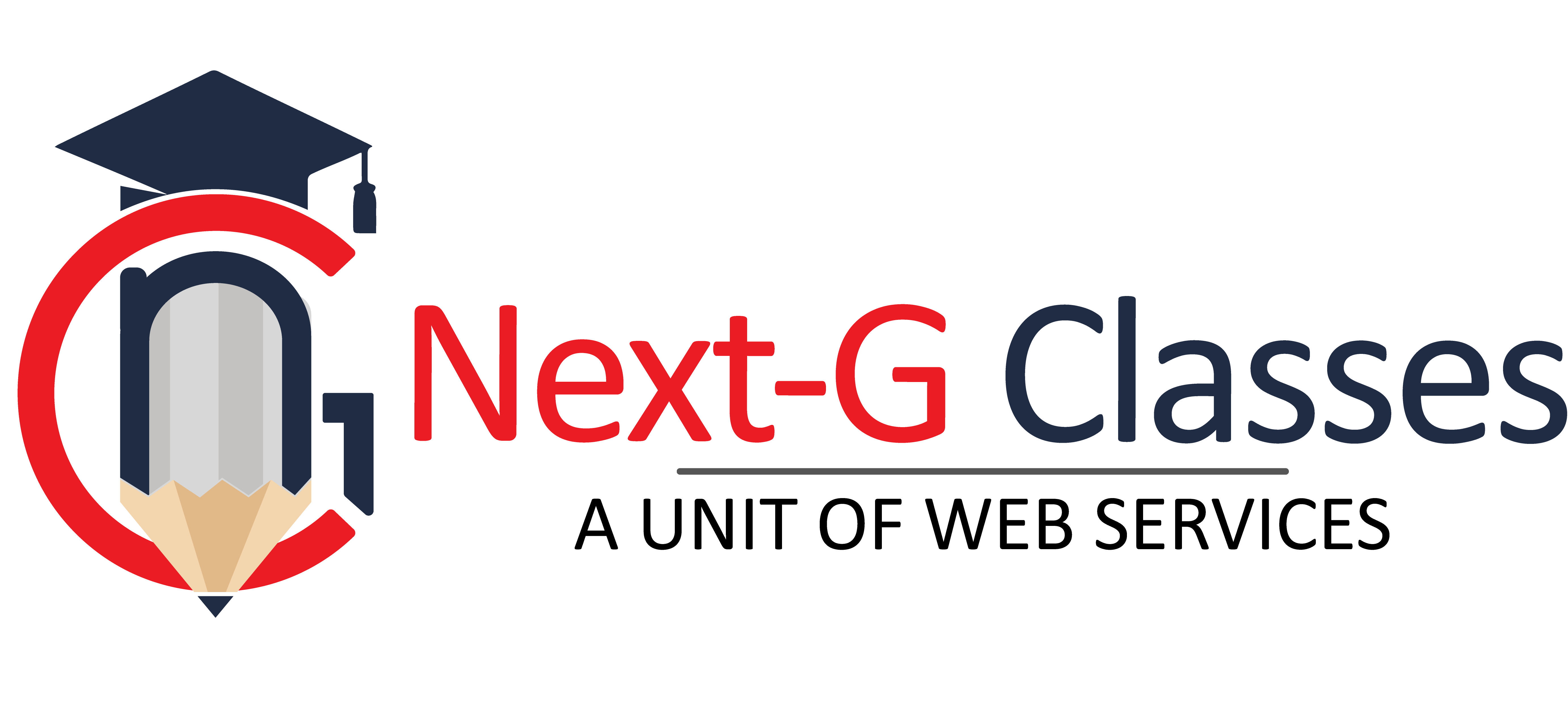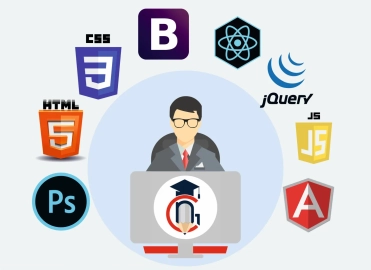Top 30 Meta Ads Interview Questions with Answers
In Current time Facebook and Instagram ads are more popular way for the advertising. The main advantage of these ads is that they are less expensive compare to Google Ads. Facebook and Instagram Ads are called as Meta Ads. In Meta Ads Whatsapp Ads is also included.
You can run Meta Ads for any Business Products or Services but for this you need to be aware about it. It means you need to learn the Meta Ads from any Training institute. Next G Classes provides the best Meta Ads Training in Rohini Delhi. If you are in Delhi then you can join Next G Classes and learn this Course from the Expert Trainers.
And after learning this course you can start job in any company as a Social Media Expert or Meta Ads Expert. But before going for the job interview you need to be aware about the Meta Ads interview questions and answers and that’s why we have given here Top 30 Meta Ads Interview questions with their Answers.
Top 30 Meta Ads Interview Questions with Answers:
-
What is Meta Ads, and why is it important?
Meta Ads (previously Facebook Ads) is Meta's advertising platform, enabling businesses to run paid campaigns across Facebook, Instagram, Messenger, and the Audience Network. It is vital for reaching a global audience, targeting specific demographics, and achieving measurable results. -
What are the key objectives available in Meta Ads?
- Awareness: Brand Awareness, Reach
- Consideration: Traffic, Engagement, App Installs, Video Views, Lead Generation, Messages
- Conversion: Conversions, Sales, Store Traffic
-
What is the difference between Reach and Impressions?
- Reach: The number of unique users who saw your ad.
- Impressions: The total number of times your ad was displayed, including multiple views by the same user.
-
What is the structure of a Meta Ads campaign?
A Meta Ads campaign is structured into three levels:- Campaign (Objective)
- Ad Set (Audience, Placement, Budget)
- Ads (Creatives)
-
What is the Meta Pixel?
Meta Pixel is a tracking code embedded on your website to track user behavior, conversions, and optimize ad delivery.
-
How do you define a custom audience in Meta Ads?
A custom audience is a group of users created based on specific criteria, such as website visitors, app users, or customer email lists. -
What is a Lookalike Audience?
A Lookalike Audience is a group of users similar to your custom audience, allowing you to target people likely to engage with your ads. -
Explain the role of CBO (Campaign Budget Optimization).
CBO automatically allocates the budget across ad sets within a campaign to maximize results based on performance. -
What are the primary ad formats in Meta Ads?
- Image Ads
- Video Ads
- Carousel Ads
- Collection Ads
- Instant Experience Ads
- Stories Ads
- Reels Ads
-
What is the difference between Manual Bidding and Automatic Bidding?
- Manual Bidding: Advertisers set a specific bid amount for their objectives.
- Automatic Bidding: Meta's algorithm optimizes bidding to get the best results within the budget.
-
How can you track conversions without the Meta Pixel?
Conversions can also be tracked using the Conversions API (CAPI), which sends events directly from the server to Meta. -
What is the relevance score/quality ranking in Meta Ads?
A metric that indicates how well your ad resonates with your audience. A high relevance score means better engagement and lower costs. -
What is A/B testing in Meta Ads?
A/B testing compares two or more versions of an ad (e.g., creatives, audiences, or placements) to determine which performs better. -
What are Dynamic Ads?
Dynamic Ads automatically show personalized products to users based on their interests and actions, like viewing or adding a product to the cart. -
What is the difference between Boosted Posts and Ad Campaigns?
- Boosted Posts: Simplified ad options for promoting page posts.
- Ad Campaigns: Advanced campaigns with detailed targeting and multiple objectives.
-
How do you optimize Meta Ads for better performance?
- Use clear objectives.
- Refine audience targeting.
- Test different creatives.
- Monitor and adjust budgets.
- Analyze insights regularly.
-
What is the Conversions API (CAPI), and why is it used?
CAPI tracks user data server-side to improve tracking accuracy and comply with privacy regulations like GDPR. -
Explain Frequency Capping.
Frequency capping limits how often an individual user sees an ad, preventing ad fatigue and overspending. -
What is the Attribution Setting in Meta Ads?
Attribution settings define the time window to credit an ad for a conversion, e.g., 7-day click, 1-day view. -
How do you measure ROAS (Return on Ad Spend)?
ROAS = Revenue Generated / Ad Spend. A higher ROAS indicates better performance. -
What are Instant Experience Ads?
Full-screen, mobile-first ads designed for immersive experiences like showcasing products or services interactively. -
How does Meta’s learning phase affect ad performance?
During the learning phase, the ad delivery system gathers data to optimize performance. Frequent changes can reset the phase and disrupt optimization. -
What is Value-Based Optimization in Meta Ads?
This feature targets users likely to generate the highest value transactions, based on past behavior. -
What are the benefits of running ads on Instagram through Meta Ads Manager?
- Integrated targeting with Facebook users.
- Access to all Instagram ad formats.
- Unified campaign performance reporting.
-
How do you set up retargeting campaigns in Meta Ads?
- Create a custom audience based on user actions (e.g., website visits).
- Design ads that re-engage these users with relevant offers.
-
If your ads are not delivering, what could be the reasons?
- Low budget or bid.
- Overlapping audiences.
- Ads rejected due to policy violations.
- Narrow targeting.
- Exhausted learning phase.
-
How do you handle ad fatigue?
- Refresh creatives regularly.
- Rotate ad sets.
- Expand audience targeting.
- Use frequency capping.
-
What strategies can you use to lower CPC?
- Improve ad relevance.
- Optimize targeting.
- Use engaging creatives.
- Experiment with placements.
-
How do you handle policy violations in Meta Ads?
- Review and address the violation reasons in the policy center.
- Edit or appeal rejected ads.
- Ensure future ads comply with Meta's policies.
-
What would you do if a campaign shows a low ROAS?
- Reevaluate audience targeting.
- Test new ad creatives.
- Adjust budgets and bidding.
- Analyze ad placements and focus on high-performing ones.
Categories: digital marketing















